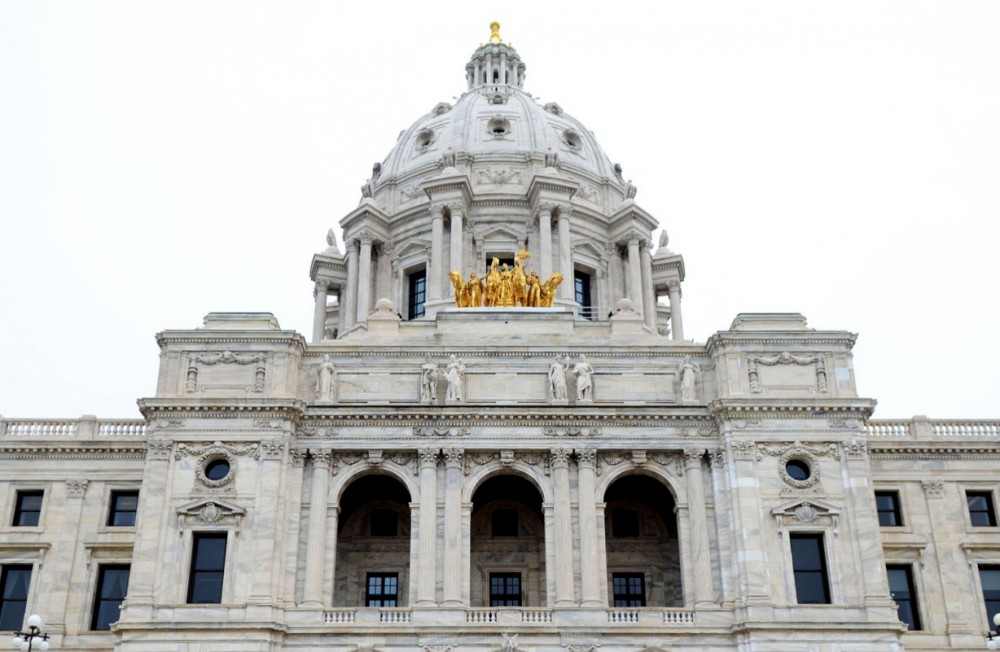The University of Minnesota’s Board of Regents discussed a “modest” biennial budget proposal Thursday following a partial state allotment of the school’s request two years ago.
The $87 million request is a 6.7 percent increase to the nearly $1.3 billion base appropriation the University receives from the state. The meeting also saw an outline of the proposed 2019 capital infrastructure request.
The biennial budget request for fiscal years 2020-21 is “fiscally responsible and sensitive to the competing priorities for funding at the state level,” said Brian Burnett, University senior vice president for finance and operations, at the meeting.
Burnett said the University worked to keep the two year increase below 7 percent to make the request realistic.
The University’s request for fiscal years 2018-19 was $147.2 million. The legislature provided $54.62 million of that proposal.
“It’s kind of a cat and mouse game. They know they aren’t going to get what they ask for, so they always ask for more than they want,” Sen. Jim Abeler, R-Anoka, said. “They ask for more than they want and then the system gives them less, which is what they wanted in the first place, perhaps.”
Some regents expressed concern the requested increase did not address effects on tuition. The proposal instead laid out funding for classroom and equipment maintenance, competitive faculty compensation and program enhancement, among other things.
While the request’s size reflected a more realistic allotment, Regent Darrin Rosha said the University should overstate their needs and let the Legislature decide what to fund.
“My position is that the Legislature can make up their minds and we can give them a full range in opportunities,” Rosha said.
The University will also ask the state for $232.3 million in its 2019 capital request.
This includes $200 million in Higher Education Asset Preservation and Replacement (HEAPR) funds, $28 million for the Child Development building replacement on the Twin Cities campus and $4.3 million for the renovation of A.B. Anderson Hall on the Duluth campus.
Abeler said the request’s focus on HEAPR and renovation of existing structures could have a positive impact on the eventual state allocation.
“I’m happy they’re making their HEAPR request more than a new building request because they need to maintain what they have,” Abeler said, “Everything can’t be bright, new and shiny.”
But the completion of full request is unlikely, said Rep. Dean Urdahl, R-Grove City, chair of the House Capital Investment committee.
“$200 million is an awful lot … I don’t doubt the need, it’s just there are a lot of needs across the state of Minnesota,” Urdahl said.
The University system’s 10-year facility renewal currently needs a total of $4.5 billion in deferred maintenance. This number has increased by around $300 million since the University’s 2018 HEAPR request was partially fulfilled last session.
Action on the recommended biennial budget request and 2019 capital request is expected at the board’s next meeting in October.








